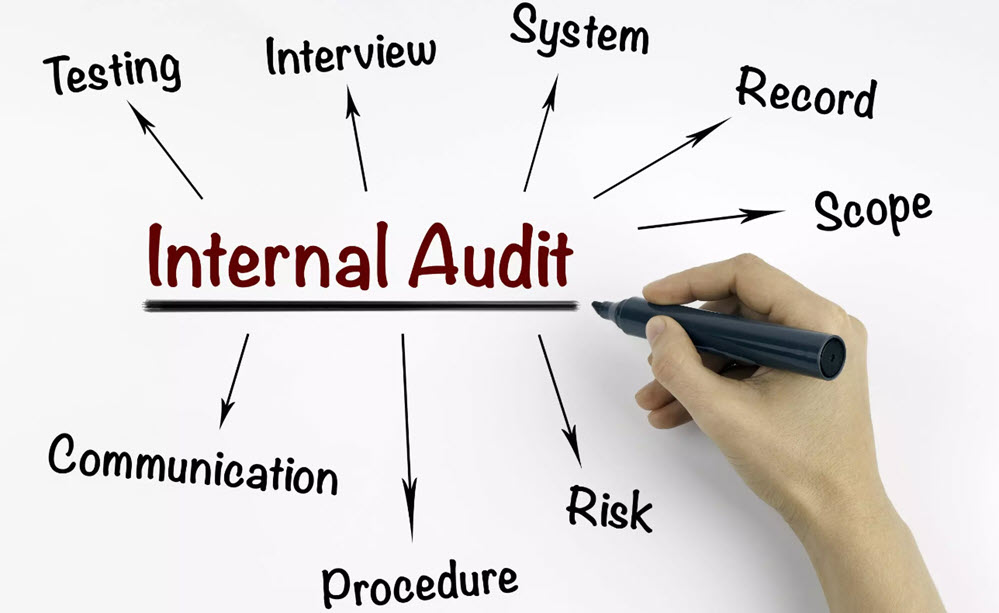EQMS Blog

What to Expect During a HSE Audit
Health, Safety, and Environmental (HSE) audits are crucial for ensuring that organisations comply with relevant safety and environmental regulations. They not only help in maintaining a safe working environment but also assist in identifying areas for improvement. Understanding what to expect during an HSE audit, can ease concerns and ensure that your organisation is fully prepared.
Preparation and Planning for the HSE Audit
Preparation is a fundamental step in the HSE audit process. Organisations should gather all necessary documentation, including safety protocols, training records, incident reports and maintenance logs. Being well-prepared demonstrates a commitment to health, safety, and environmental standards.
The planning phase typically involves scheduling the audit, assigning responsibilities, and conducting a pre-audit self-assessment. This self-assessment helps identify potential gaps that the audit might reveal. Moreover, communicating with employees about the audit ensures that everyone understands its importance and what to expect.
A key aspect of preparation is ensuring that all safety equipment is functioning correctly and that all employees are aware of emergency procedures. Auditors often examine these elements closely to verify compliance with legal and organisational standards.
Key Stages of the HSE Audit Process
The HSE audit process generally comprises several stages, each designed to thoroughly assess an organisation’s health, safety, and environmental performance. Understanding these stages can help organisations navigate the process more smoothly.
Opening Meeting
The audit begins with an opening meeting where auditors outline the scope, objectives, and methodology of the HSE audit. This is an opportunity for both parties to clarify any uncertainties and establish a cooperative atmosphere.
Document Review and Interviews
Auditors will review the organisation’s HSE policies, risk assessments, and incident records. They may also interview employees to gauge their understanding of safety protocols and how effectively these are implemented on the ground.
Site Inspection
A significant part of the HSE audit involves a thorough site inspection. Auditors will examine work areas, equipment and operational procedures to ensure compliance with safety standards. They will check for hazards, proper use of personal protective equipment (PPE), and adherence to environmental regulations.
Closing Meeting
Following the inspection, a closing meeting is held to discuss preliminary findings. Auditors provide immediate feedback and highlight any critical issues that require urgent attention. This meeting also allows organisations to ask questions and begin planning for corrective actions.
Post-Audit Actions and Continuous Improvement
The conclusion of the HSE audit is just the beginning of the improvement process. Organisations should review the audit report carefully, which typically includes a detailed assessment of findings, areas of non-compliance, and recommendations for improvement.
Developing an Action Plan
Based on the audit report, organisations should develop an action plan to address identified issues. Prioritising corrective actions, especially those related to high-risk areas, is essential. Assigning responsibilities and setting realistic deadlines ensures that improvements are implemented effectively.
Continuous Monitoring and Training
Improving health, safety, and environmental performance is an ongoing process. Regular monitoring, follow-up audits, and continuous employee training are vital for sustaining compliance and enhancing workplace safety. Organisations should foster a culture of continuous improvement where employees feel empowered to report hazards and suggest improvements.
Benefits of a Successful HSE Audit
Successfully completing an HSE audit has numerous benefits. It demonstrates a commitment to safety and environmental responsibility, reduces the risk of accidents and regulatory penalties, and enhances the organisation’s reputation. Moreover, it can lead to improved operational efficiency and employee morale.
Conclusion
An HSE audit is an invaluable tool for ensuring that organisations meet health, safety, and environmental standards. By understanding what to expect during the audit, preparing thoroughly, and taking post-audit actions seriously, organisations can not only comply with regulations but also create a safer and more efficient working environment. Emphasising continuous improvement ensures that safety and environmental considerations remain integral to the organisation’s operations.
If you are considering implementing an Integrated Management within your organisation, feel free to contact us to discuss how our ISO 45001 Consultants are able to support with an effective implementation.
Continue to ISO 45001 Consultants
Request a free consultation
Contact us to discuss your needs and see how we can support to reach your goal.

Recent posts

Environmental sustainability has become a critical focus for organisations worldwide. With increasing regulatory demands and growing societal awareness of environmental issues, businesses are under pressure to operate in a more...

In today’s complex business environment, maintaining robust governance and ensuring compliance with regulatory requirements are essential for organisational success. One of the most effective ways to achieve this is through...

ISO 45001 is the internationally recognised standard for occupational health and safety management systems (OHSMS). It provides a framework that helps organisations ensure the safety and well-being of their employees...
Just a Few of Our Clients
Request a Free Consultation
Contact us to discuss your needs and see how we can support to reach your goal.












